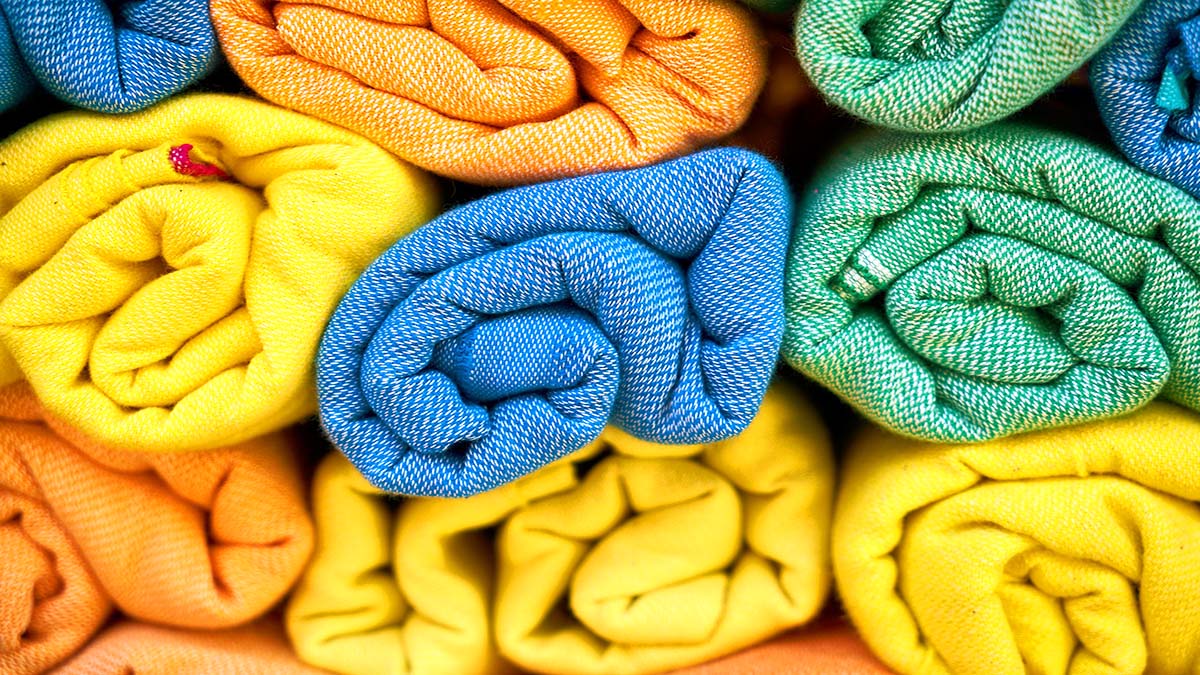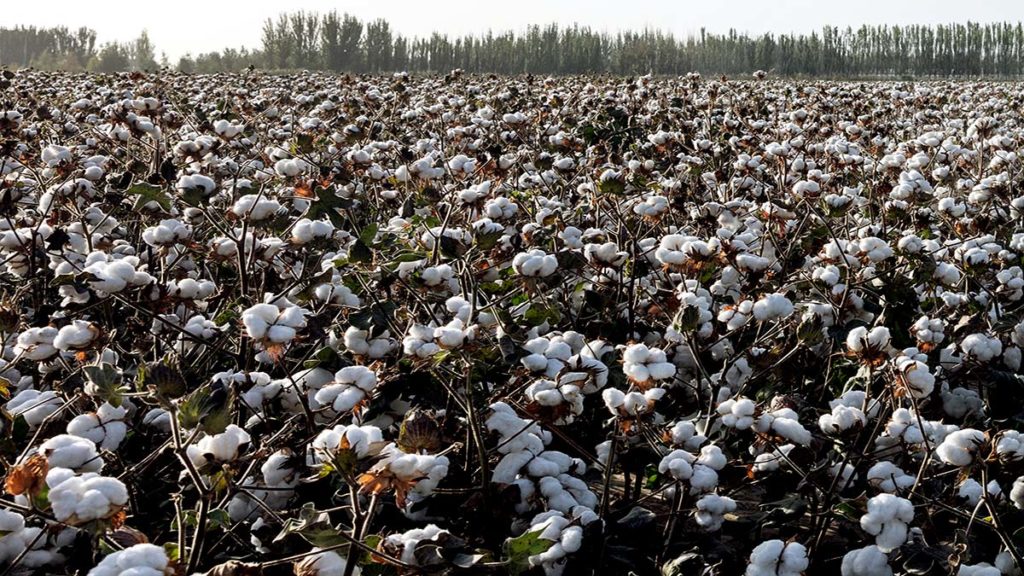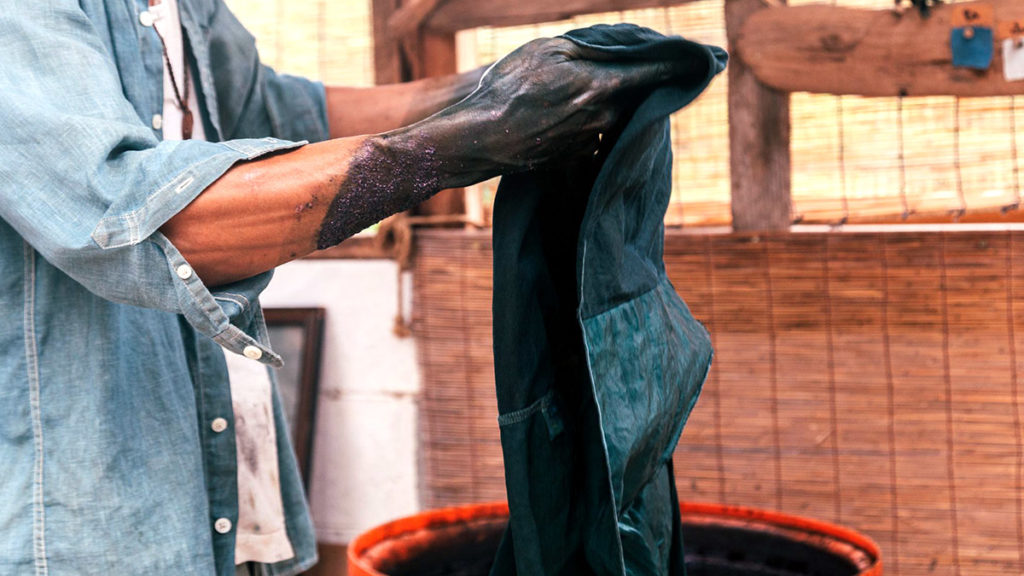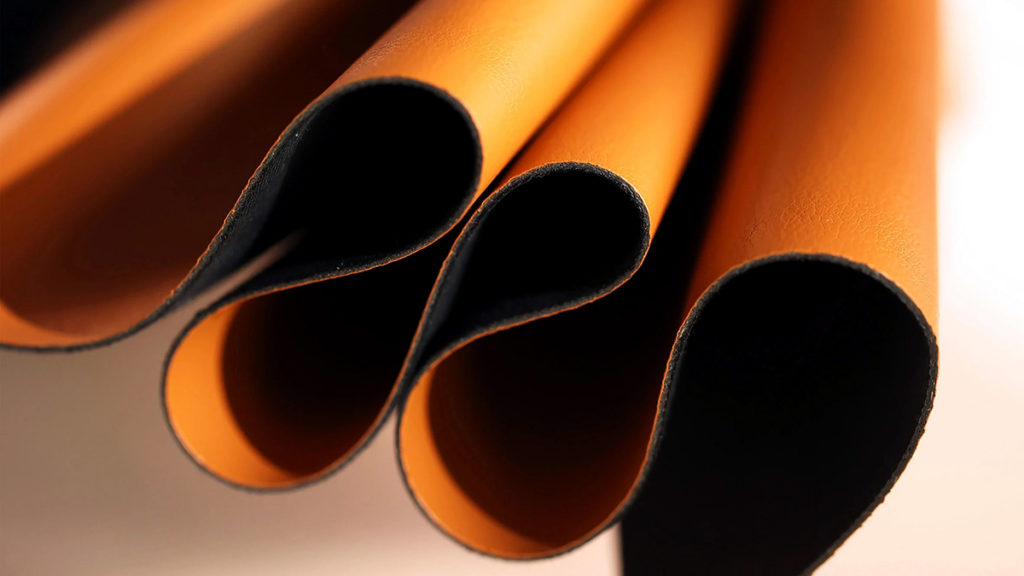

Smt. Maneka Sanjay Gandhi
It’s not just what you eat that is killing the earth and all its inhabitants. It is also what you wear.
Every time you buy an article of clothing you make a choice between the biosphere and the lithosphere. The biosphere is an agricultural field where cotton, linen (made from flax), hemp – even silk (mulberry trees) – are grown. Wool, though cruel in another way, is also grown. The lithosphere is the protective crust of the earth. Fossil fuels are extracted from this and turned into synthetic fabrics like polyester.
Clearly, a sensible human being would choose a renewable resource; something that can be grown again and again. But 70% of all clothing comes from non-renewable fuels, we humans are wearing plastic, nylon, acrylic, polyester. Even the wonderful sarees from Benaras, which were heirlooms for all brides, are now mixed with polyester.

Fashion is as much an agricultural choice as food. It is common for us to pay attention to vegetables and grain and interrogate the farming community, but we pay no attention to the fashion industry. Think about cloth as emerging from the ground and then concern yourself about the practices required to grow and harvest it.
The beef industry is responsible for the cutting of thousands of forests – but the fashion industry is no less. Tree based fabrics, such as bamboo and eucalyptus, cause forests to be cut and turned into plantations and these trees are turned into clothes.
If we choose cotton, as I have done my whole life, I am guilty of ignoring the massive pesticides used and how they impact all life. Cotton in India uses Neonicotinoid pesticides – which are responsible for the destruction of billions of bees, putting our food supplies at major risk. But polyester/nylon is responsible for the massive mining, destroying forests, leaving gaping holes in the ground and contaminating water sources for miles around.

However, even if you make the choice to wear a sustainable agricultural produce, the next problem is dyes. The cloth may be organic cotton but its colour comes from synthetic dyes. First the cotton is bleached and bleach kills all sea life. Then it is dyed. Synthetic dyes colour most of the textiles we wear.
It’s estimated that 25% of chemicals produced globally are used to produce clothing, and many of these go toward dyeing. Heavy metals, such as cadmium, mercury, tin, cobalt, lead, and chrome, are needed to bind the dyes to the fabric, and are present in 60-70% of dyes. Vast amounts of water are needed in the dyeing industry as well and the surplus chemical dyes are rinsed out and thrown into rivers as effluent. Some years ago, I was in Udaipur and I came across the most terrible rivers: blood red waters with so many animal corpses around, animals that had been forced to drink, as there was no other water. All this was the downstream of the cloth dyeing industry.
The effect of working with chemical dyes is apparent in communities employed in this work (they suffer the effects of exposure to endocrine disruptors contained in the dyes. Endocrine disrupting chemicals can interfere with hormones, causing cancerous tumours and birth defects). Who knows the effect of synthetic dyes on human bodies through the clothing? Dyes are not the only problem: There are far more chemicals contained in our clothing than we may realize. A range of finishing treatments, such as wrinkle preventers and stain guards, as well as screen-printed designs, contain chemicals such as bisphenol A, formaldehyde, and phthalates. And all these go into the river when you wash your clothes.

The textile industry is the most polluting of all industries in India. Worldwide, clothes are the second largest source of pollution after oil. This industry is responsible for 10% of global carbon emission and becomes words fifth biggest emitter of carbon dioxide. It is also one of the top 3 water wasting industries and pollutes fresh water resources badly. 2600 litres of water are required to produce a single t-shirt.
Every time you wash synthetic materials, they shed millions of plastic microfibres, according to the National Oceanic and Atmospheric Administration’s Marine Debris Program. Microfibres are a type of microplastic, which is a plastic-based thread that is thinner than a human hair, below 5mm in size. The threads are so small, they pass straight through wastewater treatment plants into the sea. Lots are caught up in sludge at the treatment plants – which is then sprayed over the soils as fertilizer. Sea organisms, like plankton, mistake these tiny plastics for food. Smaller animals and fish depend on plankton as their main food. And humans eat fish. So, the fibres get off your clothes and into your stomach.
According to the Florida Microplastic Awareness Project (FMAP), citizen scientists collected coastal water samples, filtered them and analysed them to check for microplastics. 89% of the samples collected contained at least one piece of plastic.
What else do synthetic fibres do to the earth?
Their production releases nitrous oxide and acidic gases, such as hydrogen chloride. In a study in Science News, it was shown that nitrous oxide is increasing in the atmosphere by 0.2% annually and a portion of this comes from the production of nylon and polyesters. Nitrous oxide is a powerful greenhouse gas and has 300 times more potentiality than carbon dioxide. Polyester production, for textiles, released about 706 billion kg (1.5 trillion pounds) of greenhouse gases in 2015; the equivalent of 185 coal-fired power plants’ annual emissions.
What do they do to you?
Plastic clothing has an effect on the skin and respiratory tract. It has also been found to cause infertility in men. Nylon, used in swimsuits, tights and stockings, requires chemicals to reduce the electric static. Formaldehyde in fabrics causes skin allergies, eye watering, and is also a known potent carcinogen. Titanium oxide, barium sulphate, an antistatic substance, cause hyper skin pigmentation, dermatitis and functioning of central nervous system as disorientation, dizziness, headache and spine pain.
How does one get out of this mess?
There are only a few solutions at the moment, but they are important ones;
Do not buy any artificial cloth: no nylon, polyester, lycra, acrylic, no “upcycled plastic” which many fashion brands say are green. Using shredded plastic in clothing is the worst way to use it, because it creates plastic lint faster than any other material on Earth and forty percent of this lint goes directly into rivers, lakes, and oceans. If you stop using man made synthetic, artificial cloth, the mining will reduce and you might save some forests. You will certainly save a great deal of petroleum. And none of these artificial materials are biodegradable. There’s also something that is often referred to as semi-synthetic, like rayon, which is made from natural materials like cellulose from trees, but the fibres are made artificially. Rayon causes massive deforestation because trees have to be stripped, and this includes protected forests. Some animals are on the endangered species list specifically due to rayon. Bamboo is also not to be encouraged. Its stiffness is converted to softness by using toxic chemicals such as carbon disulfide, sodium hydroxide, and sulphuric acid.
Don’t buy so many clothes and don’t throw away clothes because they are out of fashion. A recent study by the Ellen McArthur Foundation found that one garbage truck of textiles is wasted every second. The Copenhagen Fashion Summit reported that fashion is responsible for 92 million tons of solid waste dumped in landfills each year. Synthetic fibres can take up to 200 years to decompose. More than 1 million tonnes of textiles are thrown away every year. An estimated 150 billion garments are produced annually- about 20 new garments to every individual. From 1999 and 2009 the discarding of clothes has grown by 40%.

Try out fibres like pineapple leather. Plant or fruit leather, made from waste materials, is gaining attention. Pinatex, for example, is a material made from the leaves of pineapples grown in the Philippines. Its production is much more sustainable than traditional leather. It requires less water and no harmful chemicals that are ecologically toxic to wildlife. The leftover leaf waste is recycled and used for fertiliser or biomass. Soy fabric is an eco-friendly fabric made from the hull of soybeans, leftover from food production; a cruelty-free and sustainable option. They are biodegradable, and the material is renewable.
Keep it simplex: Just buy organic cotton with organic dyes and you will save the world.







